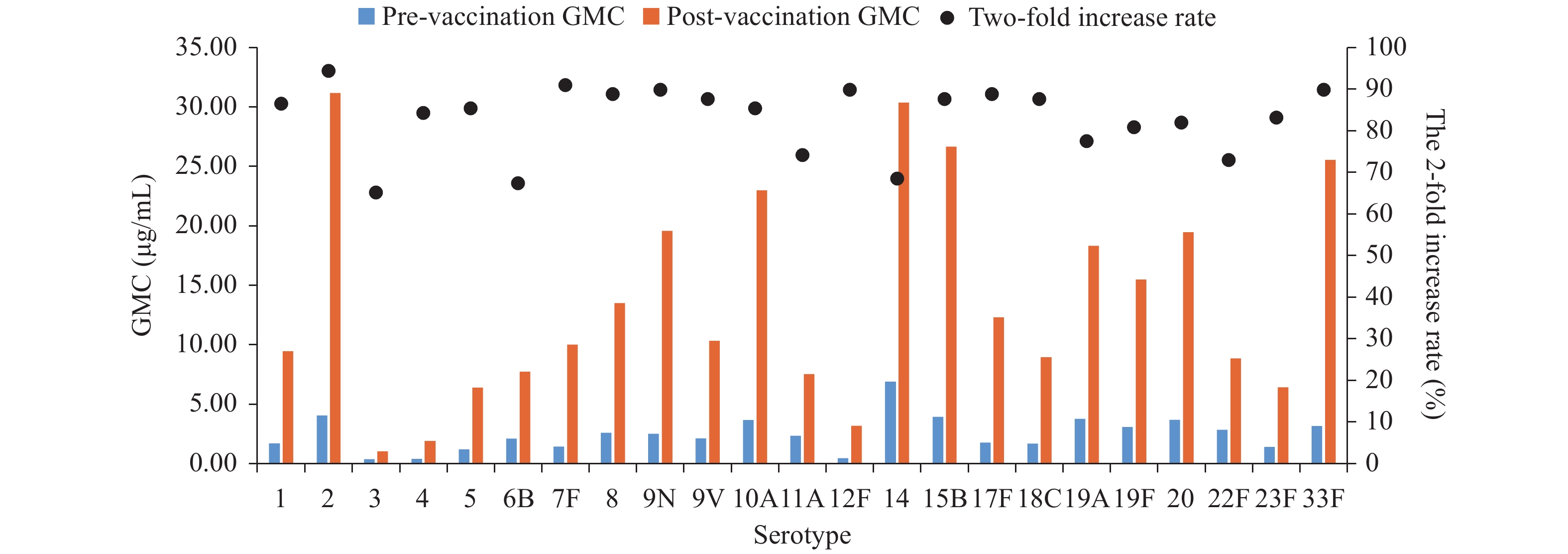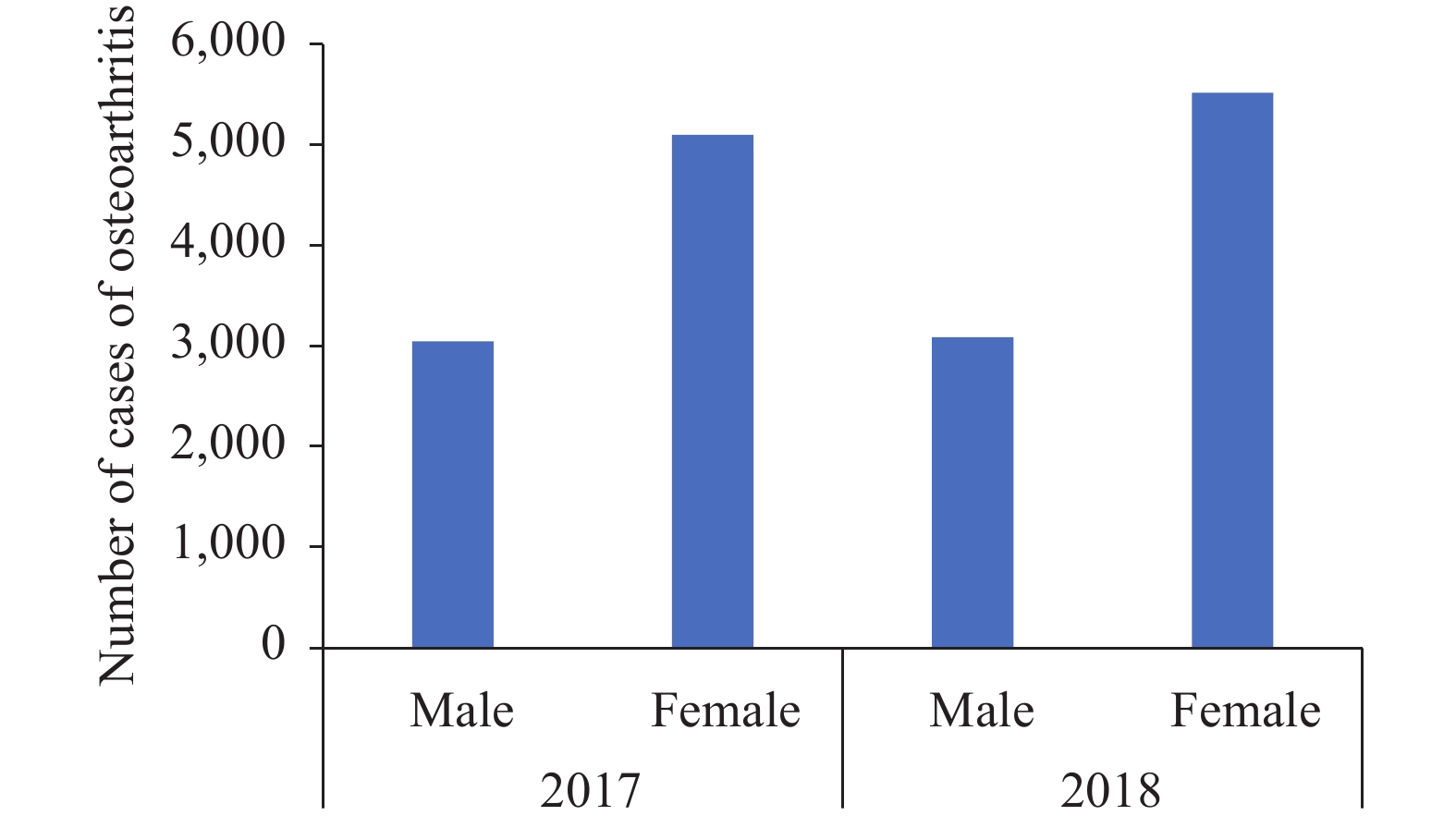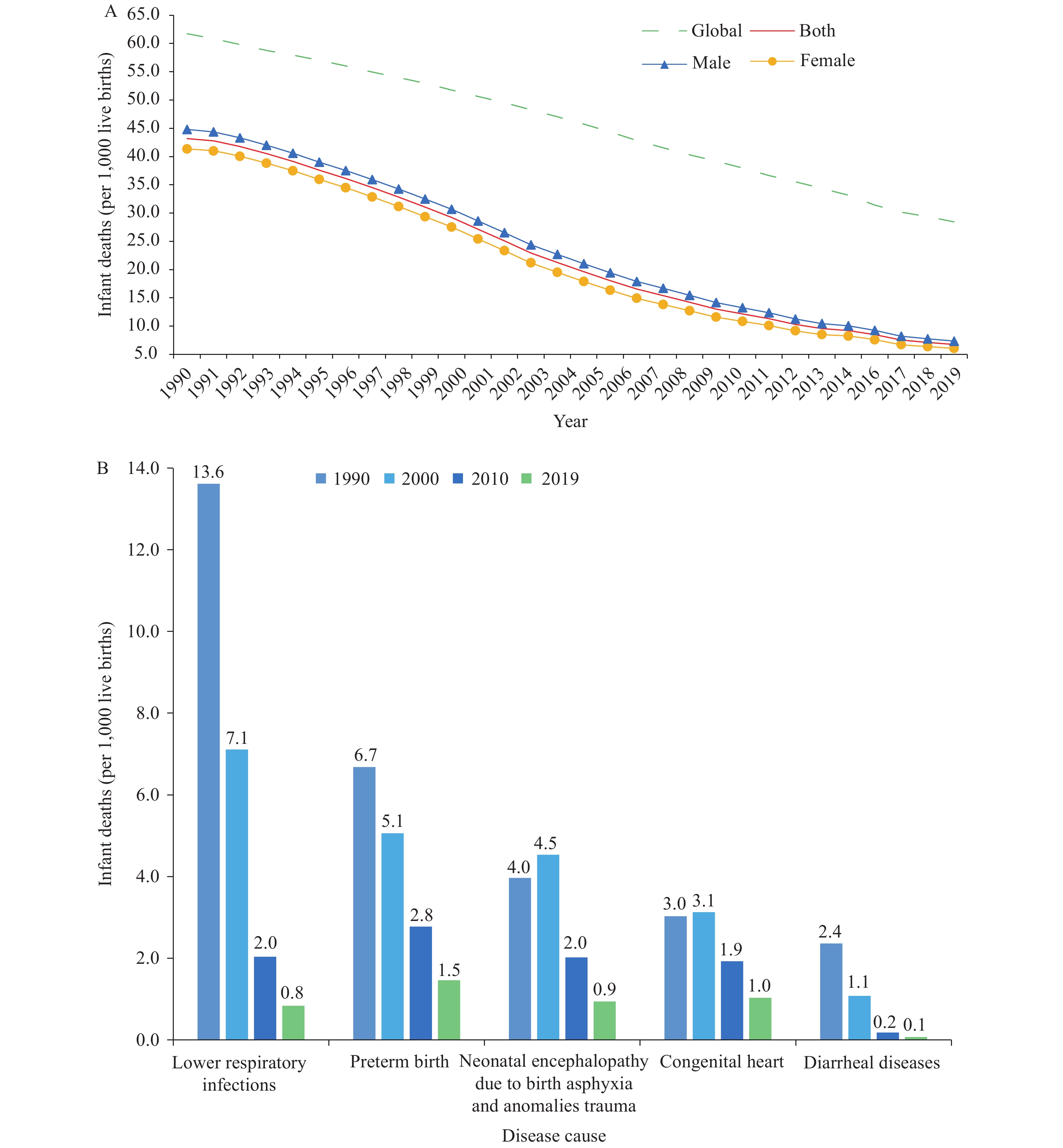2021 Vol. 3, No. 16
The global burden of chronic obstructive pulmonary disease (COPD) is serious. Pneumococcal infection is associated with acute exacerbations of COPD (AECOPD). The 23-valent pneumococcal polysaccharide vaccine (PPSV23) is recommended for COPD patients to decrease AECOPD due to pneumococcus, but evidence on the immunogenicity of PPSV23 in COPD patients is limited.
This study showed good immunogenicity of one dose of PPSV23 in COPD patients. Antibody levels against all 23 vaccine serotypes were assessed before and four weeks after vaccination of COPD patients with one dose of PPSV23. The percent of COPD patients who had two-fold increases in pneumococcal antibody levels following vaccination ranged from 65.2% (serotype 3) to 94.4% (serotype 2). There were statistically significant differences in immunogenicity by serotype.
This study supports current recommendations for PPSV23 vaccination of COPD patients in China to provide protection from pneumococcal diseases.
OA has been listed as the fastest increasing major public health problem and ranked second as a cause of disability by World Health Organization (WHO). With population aging, osteoarthritis (OA) is causing an increased economic burden for individuals and society and is attracting an increasing amount of scientific attention.
This research used healthcare data to analyze the epidemiological characteristics of OA in Yichang City, Hubei Province, China. The exact number and distribution of patients were obtained, and a descriptive analysis of OA visits by age, gender, and season was performed. Knee joint disease among women was most common, followed by other joint diseases. Knee osteoarthritis was the most common OA diagnosis between 60 and 69 years of age.
In China, the prevalence of OA among middle-age and elderly people was high. With increases in the size of the elderly population, the burden of disease caused by OA may increase. It is necessary to strengthen publicity to improve people’s awareness of self-health care of bone and joint. Interventions and preventive strategies targeting high-risk groups are urgently needed in order to improve healthy bones and healthy life quality among middle-age and elderly people.
With the continuous development of the economy and agricultural modernization in the past three decades, nutritional deficiency issues in the Chinese population have been gradually improving. However, new nutritional and health challenges have emerged. Overweight and obesity, diabetes, cardiovascular diseases, and other chronic diseases have increasingly become major disease burden. In view of the problems above, the State Council released the Healthy China Initiative 2019–2030 focusing on 15 special campaigns and the Healthy Diet Campaign (HDC) as the second campaign. This article intends to interpret HDC in details including the following four aspects: background, major indices, strategies, and features. Healthy diet is the foundation of human health, and the HDC needs to be carried out together with other campaigns to achieve the overall goal of Healthy China.



 Subscribe for E-mail Alerts
Subscribe for E-mail Alerts CCDC Weekly RSS Feed
CCDC Weekly RSS Feed

